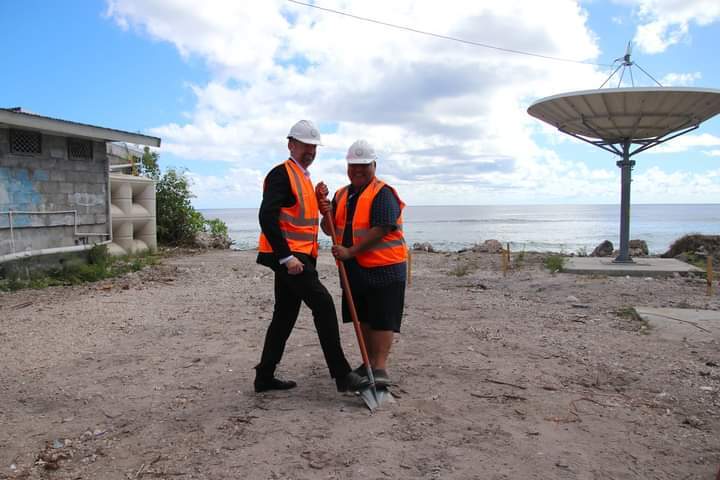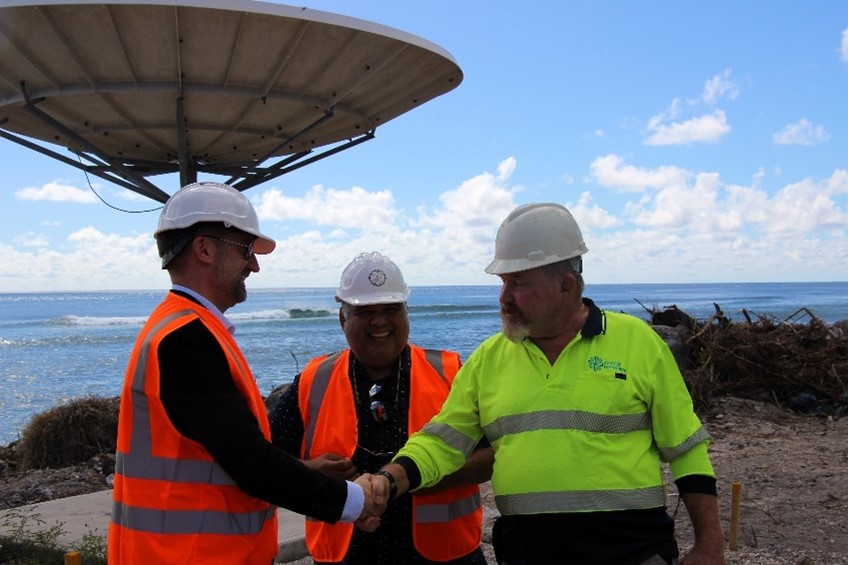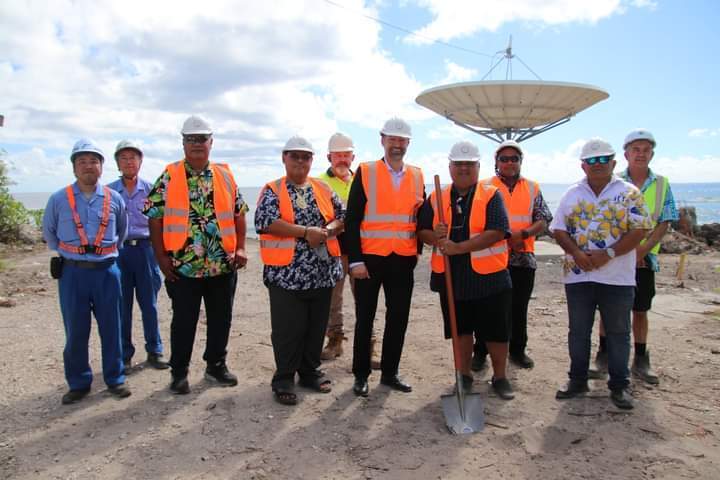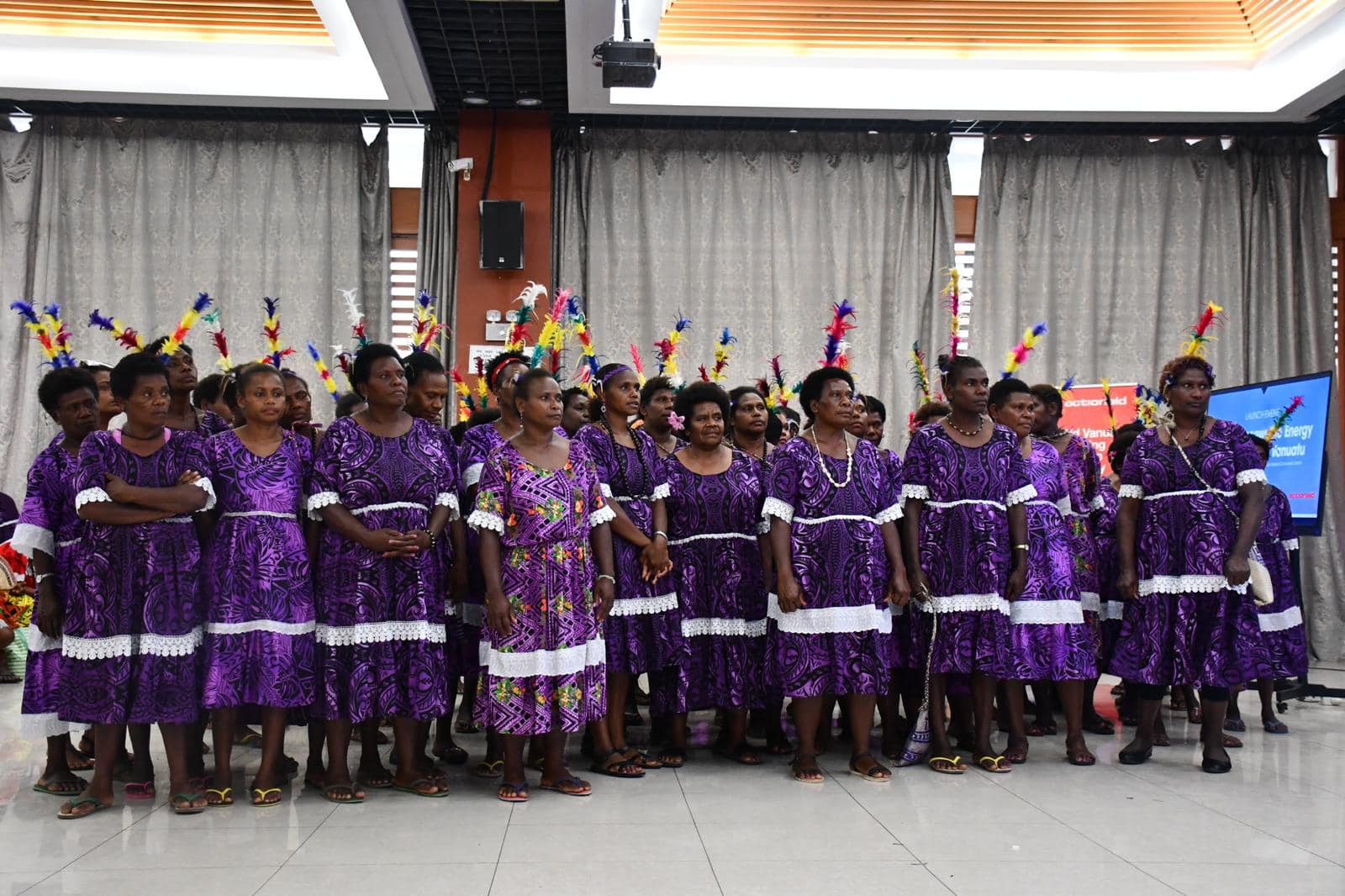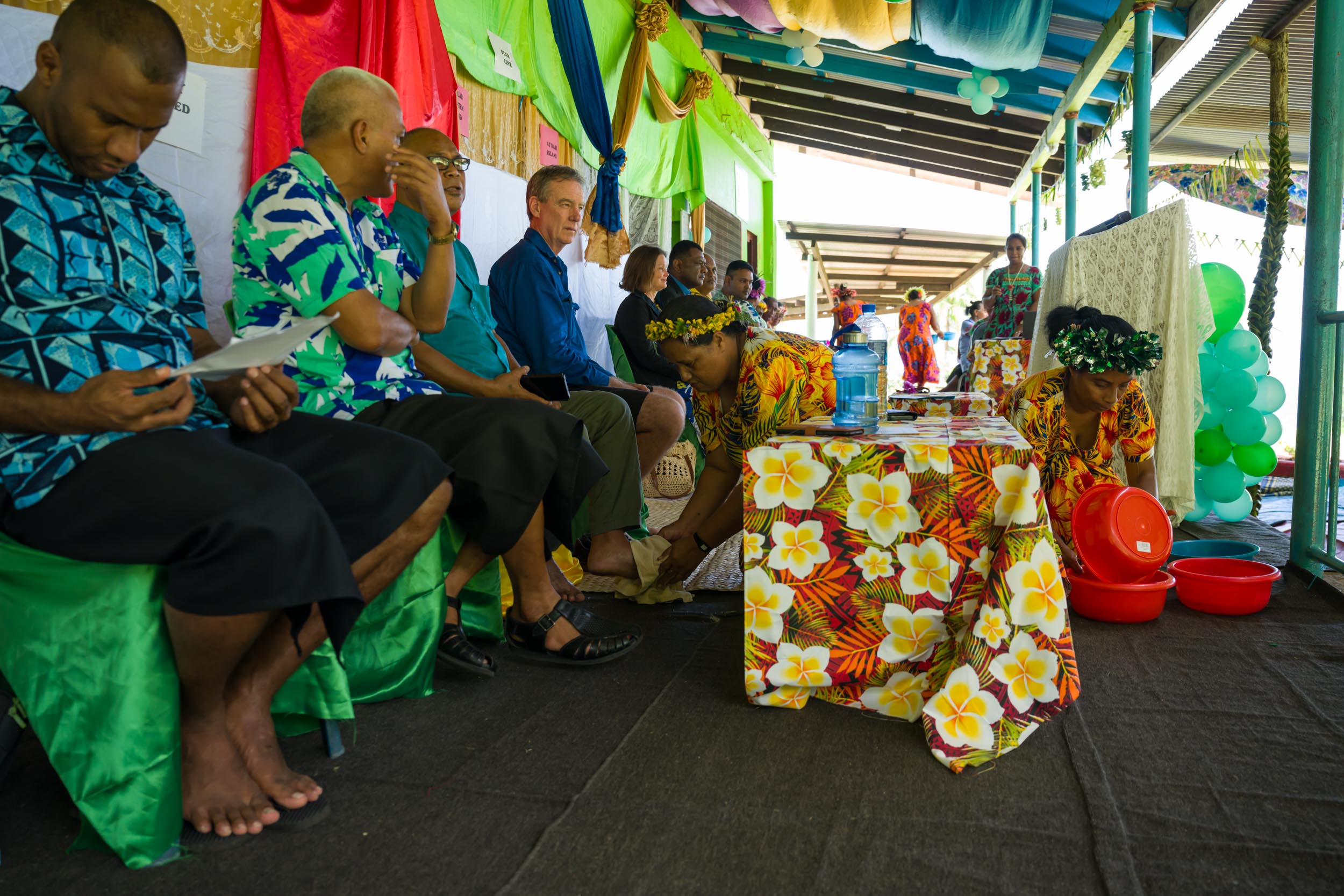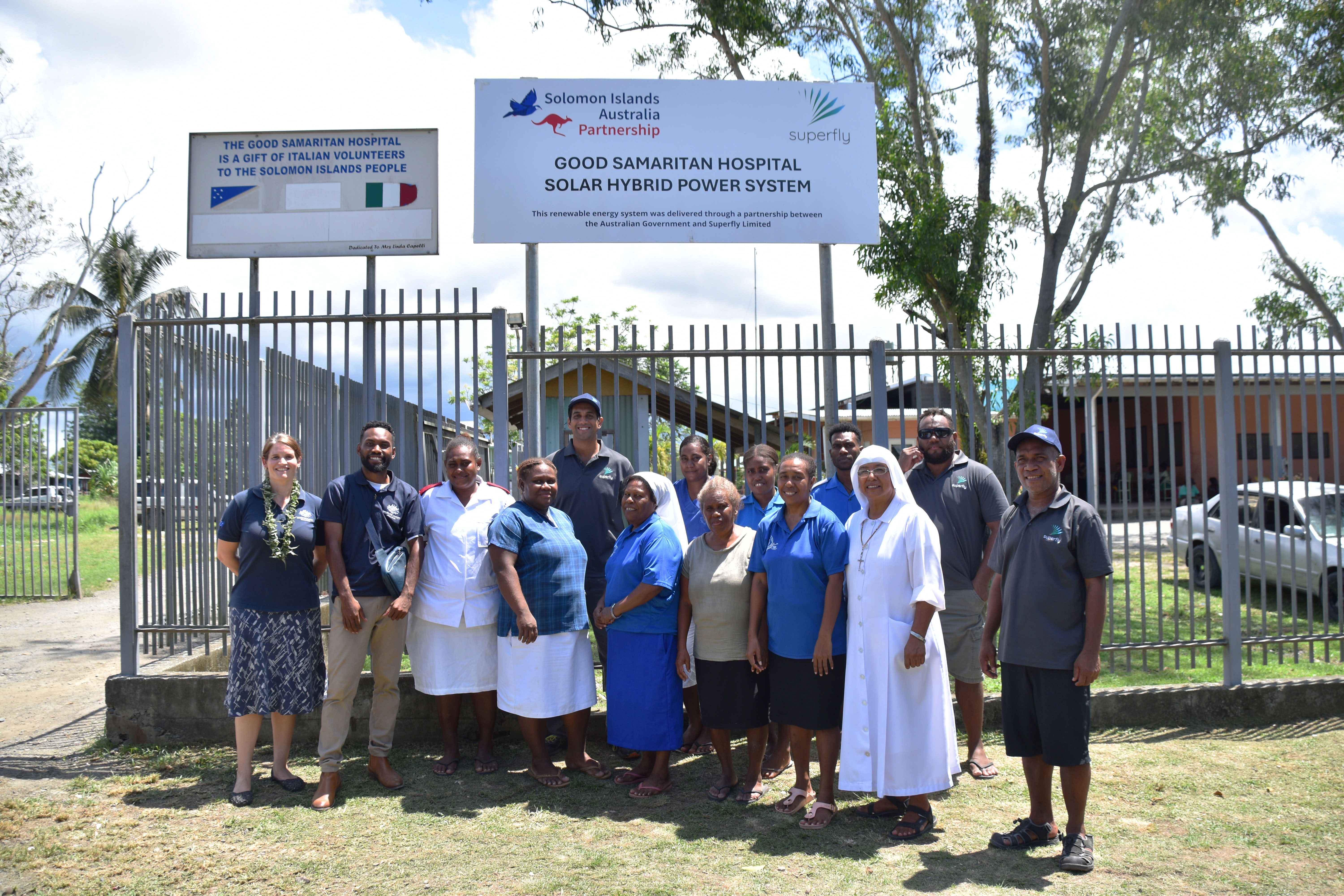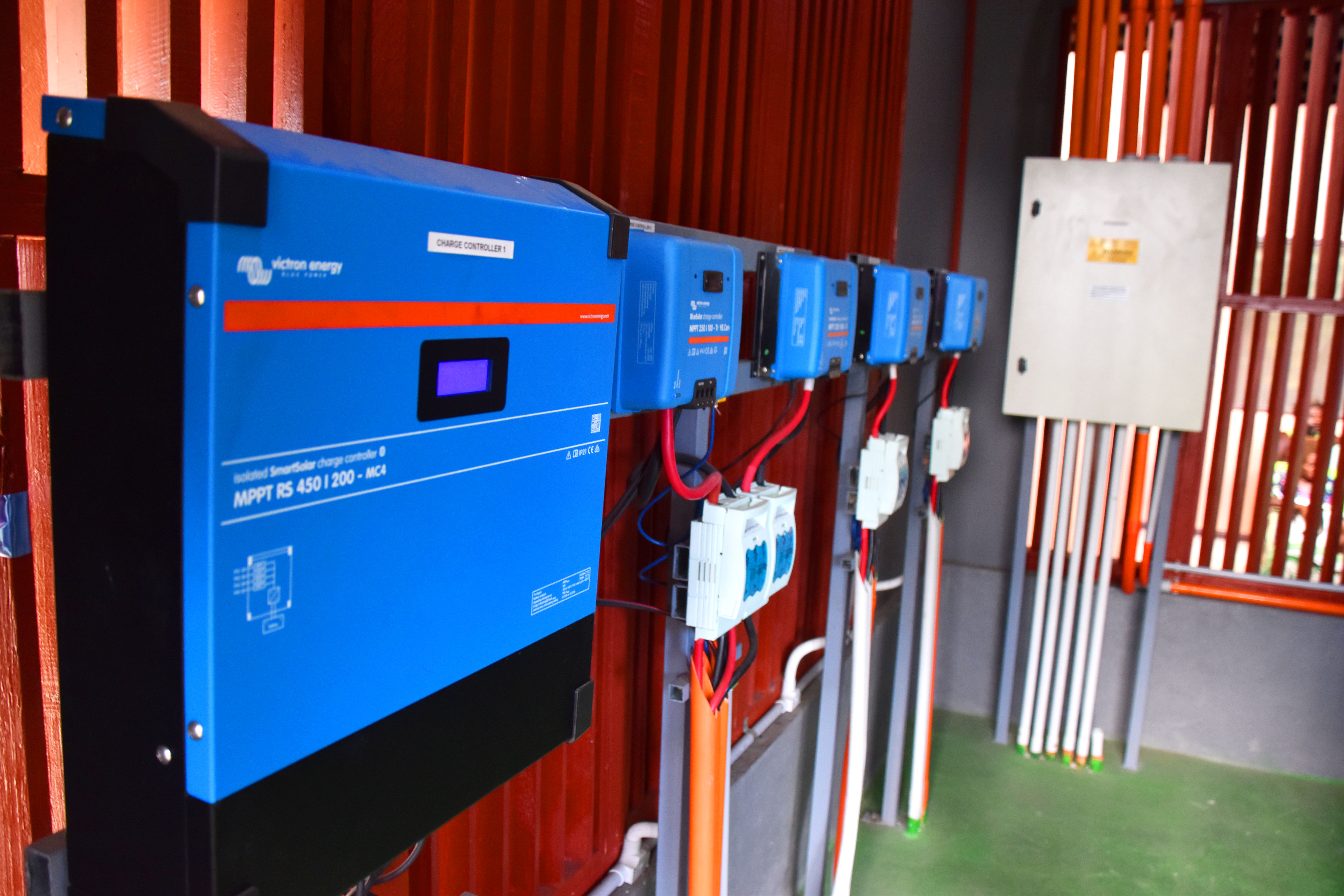The Chief Executive Officer of Ports Authority Tonga, Mr Alo Meilesani explained that the upgraded QSIW is of strategic importance to Tonga, serving as a critical hub for the nation's economy.
“Handling over 98 per cent of Tonga's imports, the wharf ensures the flow of essential goods and services for the Tongan community, including access to daily commodities such as food and fuel. The upgrades mark a critical milestone in enhancing Tonga’s maritime infrastructure, which is vital for the economic lifeline of our nation.”
“This partnership with the AIFFP and the ADB reflects our shared commitment to sustainable development and climate resilience. Modernising our port systems ensures safer, more reliable access to goods and services for the Tongan people while strengthening our ability to withstand natural disasters,” Mr Meilesani said.
He added that in addition to financing, both the AIFFP and the ADB have upskilled local workers by incorporating gender equality, disability and social inclusion (GEDSI) and environmental and social safeguards principles in the project design and implementation.
“Through the AIFFP and the ADB support, the Tonga Ports Authority has enhanced operational practices, developed an asset maintenance plan and undertaken training on port operations, environmental sustainability, health and safety and security.
“The project is about more than just maritime infrastructure—it’s about empowering the local workforce. The partnership has opened doors for Tongan nationals including our women to be employed as engineers, carpenters, and construction workers to gain invaluable experience,” he added.
A new era for Tonga's maritime workforce
Two such women are ‘Ofa Halatanu, and Susana Fihaki who are employed at McConnell Dowell – an infrastructure construction company that is supporting the upgrades at the QSIW. Ms Halatanu works as a site engineer at McConnell Dowell and supports the project’s dive activities.
“I studied engineering in New Zealand, and when I saw that McConnell Dowell had opportunities for women in engineering, I applied for the role, and I was the successful candidate. As a Tongan woman, I am proud to be back in Tonga, paving the way for other young women.”
“As a site engineer at McConnell Dowell, I manage and oversee construction projects on-site. My tasks include planning and executing construction activities, providing technical guidance, and ensuring compliance with design specifications. I act as a liaison between project teams, maintain quality control through regular inspections, and enforce health and safety regulations to create a safe work environment. I also manage budgets and costs to keep the project on track,” she added.
Ms Halatanu added that she was proud of challenging stereotypes.
“There was a time when women would not be considered for such roles, construction wasn’t considered even an option, now we have women in every aspect of construction, from concrete testing, laboratory specialists, carpentry to engineering,” she said.
Empowering women in construction
Similar sentiments are shared by Susana Fihaki, Assistant Engineer at McConnell Dowell.
Ms Fihaki is a former nurse, who decided to pursue a change in her career.
“I grew up in a humble home in Nuku'alofa, and I loved helping my family members in home construction, I took the lead from designing to actual building. I became a nurse because that was an acceptable choice of career for a woman, during my time as a nurse, I took architecture courses at a local institute, because my passion was always in construction. Once I graduated, I applied to McConnell Dowell and successfully secured a position as an Assistant Engineer and Document Controller,” she said.
Ms Fihaki’s daily responsibilities include supporting project planning and implementation, ensuring compliance with quality standards and managing project documentation, maintaining accurate records and tracking submissions to facilitate effective communication.
“It has been a big change from nursing to engineering. As a nurse, almost all my colleagues were women, in construction, it’s a male-dominated field. Initially, it was challenging for me to tell male foremen what to do, but as the project has grown, so has my confidence. Women belong everywhere including construction sites.”
“I am very grateful to be part of this project, gender has been incorporated in every aspect, from design to having women such as ‘Ofa and myself implementing it to implementing GESDSI policies and ensuring that the port facilities feature gender-sensitive designs, including dedicated sanitation facilities and safety measures like lighting, and CCTV,” Ms Fihaki added.
Australia's support fuels Tonga's maritime infrastructure
This project highlights the strong partnership between Tonga and Australia, demonstrating the commitment both nations share in building a resilient and sustainable future.
Australia’s High Commissioner to Tonga, His Excellency Mr Brek Batley, said maritime infrastructure is the backbone of island economies.
“The Australian Government remains committed to investing in sustainable infrastructure, jobs, skills, and connectivity – in Tonga and across the Pacific– to ensure prosperity for communities and for generations to come,” he said.
Ms Fihaki added the upgrade of the QSIW presents hope for all Tongans.
“It not only strengthens our country’s connection to the world but also brings opportunities for us, especially women, to be part of something transformative. This project gives us confidence that Tonga is ready for the future, and I’m proud to be contributing to that.”
Learn more about the Upgrading Tonga’s international port project.
